Perhaps you’ve heard the adage, “the journey is the destination.” It’s certainly true of the transition we must make from a linear economy to a regenerative one. Transforming our economy into one that creates more resources than it consumes will take every minute we have before our climate crisis is irreversible.
Our building and development codes must evolve to require regenerative buildings and communities. Our construction materials and methods must evolve to eliminate excessive extraction, toxins, waste and carbon. Our society must create financial mechanisms to make possible and reward the regenerative transition. Society must provide people with the access to tools and resources needed to unlock their potential and participate in the regenerative transition. And, given the social and built environments exist within the natural, we must learn to achieve these outcomes in a dynamic balance with ecosystem services that can grow over time.
This transition is underway! Today, people and organizations are implementing practices that demonstrate the potential of a regenerative economy at work. Southface Institute has created the following series of case studies to share success stories from regenerative economy pioneers. Each case study examines its subject through the interdependent lenses of the natural environment, the social environment and the built environment. It’s our hope that after reading these studies, you’ll be inspired to make your own journey toward a regenerative future.
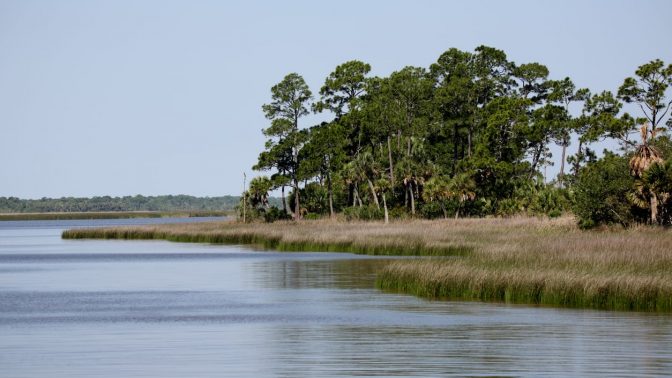
Apalachicola Bay Restoration
The Apalachicola Bay once provided 90% of Florida’s oysters and 10% of the nation’s supply. Rising water temperatures, pollution and over-harvesting have resulting in declining oyster harvests year over year. As a result, the local economies and communities have suffered. A major restoration of the bay is underway in hopes of restoring the bay, the oyster population and generations-old lifestyles.
View the Apalachicola Bay case study

Athens Land Trust
Addressing housing and food insecurities through a holistic programming approach is the essence of the Athens Land Trust’s mission. Rooted in land conservancy, the trust has created programs to provide attainable housing and agriculture operations in the community of Athens, Georgia, and beyond. These programs are strengthened by youth development across their farming, building and conservation programs.
View the Athens Land Trust case study
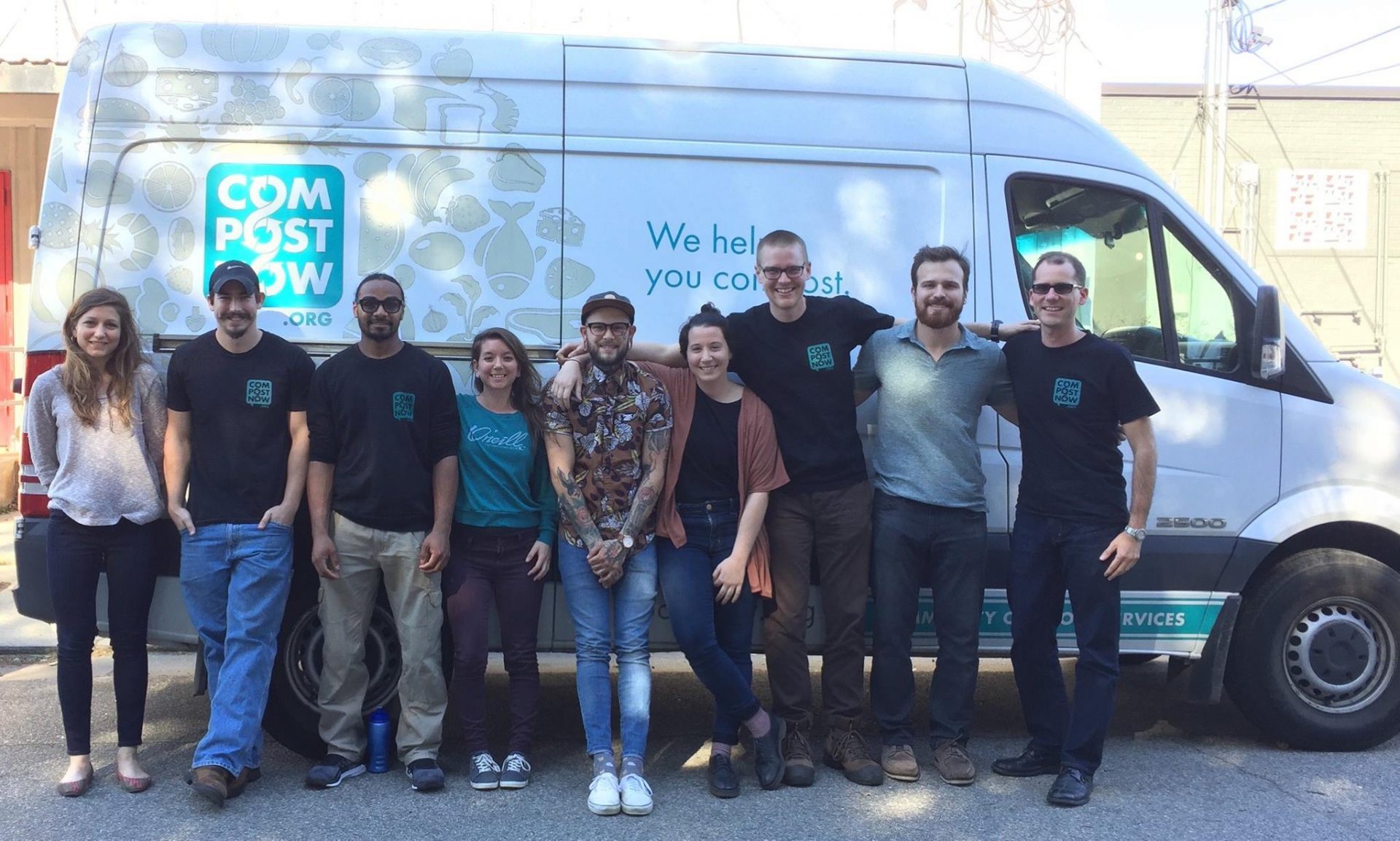
CompostNow
In nature there is no waste. In a global closed loop, “waste” is broken down into nutrients that perpetuate life. CompostNow, a subscription composting service, restores that nutrient stream for customers by collecting their compostable materials, processing them into composted soil and then distributing that healthy soil out to public and private agricultural operations.
View the CompostNow case study
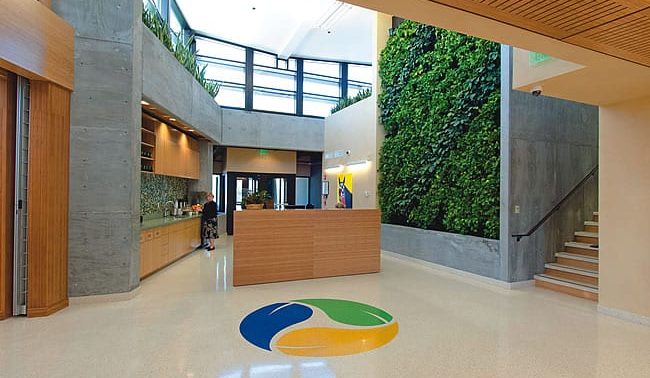
First Green Bank
First Green Bank’s business model focused on doing good with dollars. The bank’s priority was to make money for shareholders, but it did so by prioritizing financing for sustainability-focused endeavors, such as discounted interest rates for LEED-certified buildings, solar loans and business loans that enabled the removal of invasive species on a central Florida island.
View the First Green Bank case study
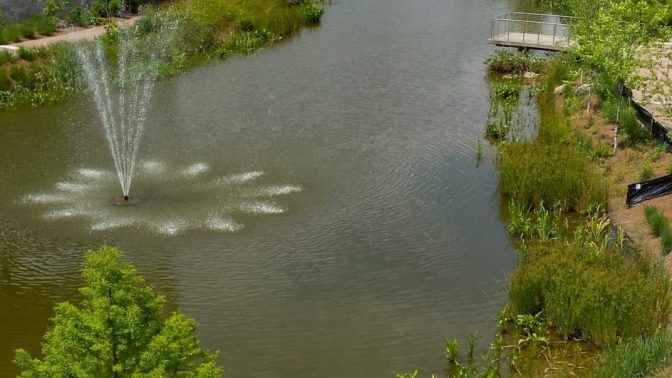
Historic Fourth Ward Park
Nestled in the heart of Atlanta’s Old Fourth Ward, the park is a community-inspired, innovative stormwater management strategy that creates natural space, economic development opportunities and substantial financial savings for the municipal government.
View the Historic Ward Park case study
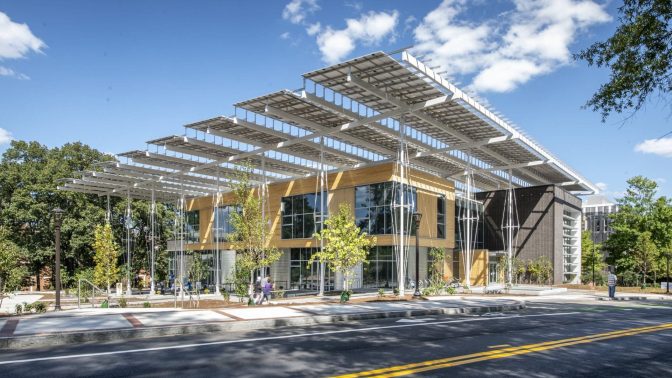
Kendeda Building
The Kendeda Fund’s goal was simple: create a building in the Southeast to catalyze the evolution of design and construction practices toward greater sustainability. The Kendeda Building for Innovative Sustainable Design does just that. Georgia Tech’s newest building demonstrates the potential for regenerative design to address many of today’s pressing issues in building performance.
View the Kendeda Building case study
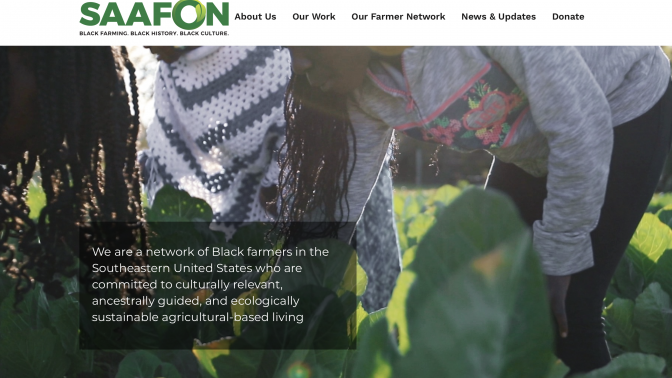
SAAFON
The Southeastern African American Farmers’ Organic Network (SAAFON) works to empower Black communities throughout the Southeast through farming, food and land sovereignty strategies. It works with Black farmers to enhance agricultural practices while simultaneously working at the food system level to create change that empowers historically marginalized communities.
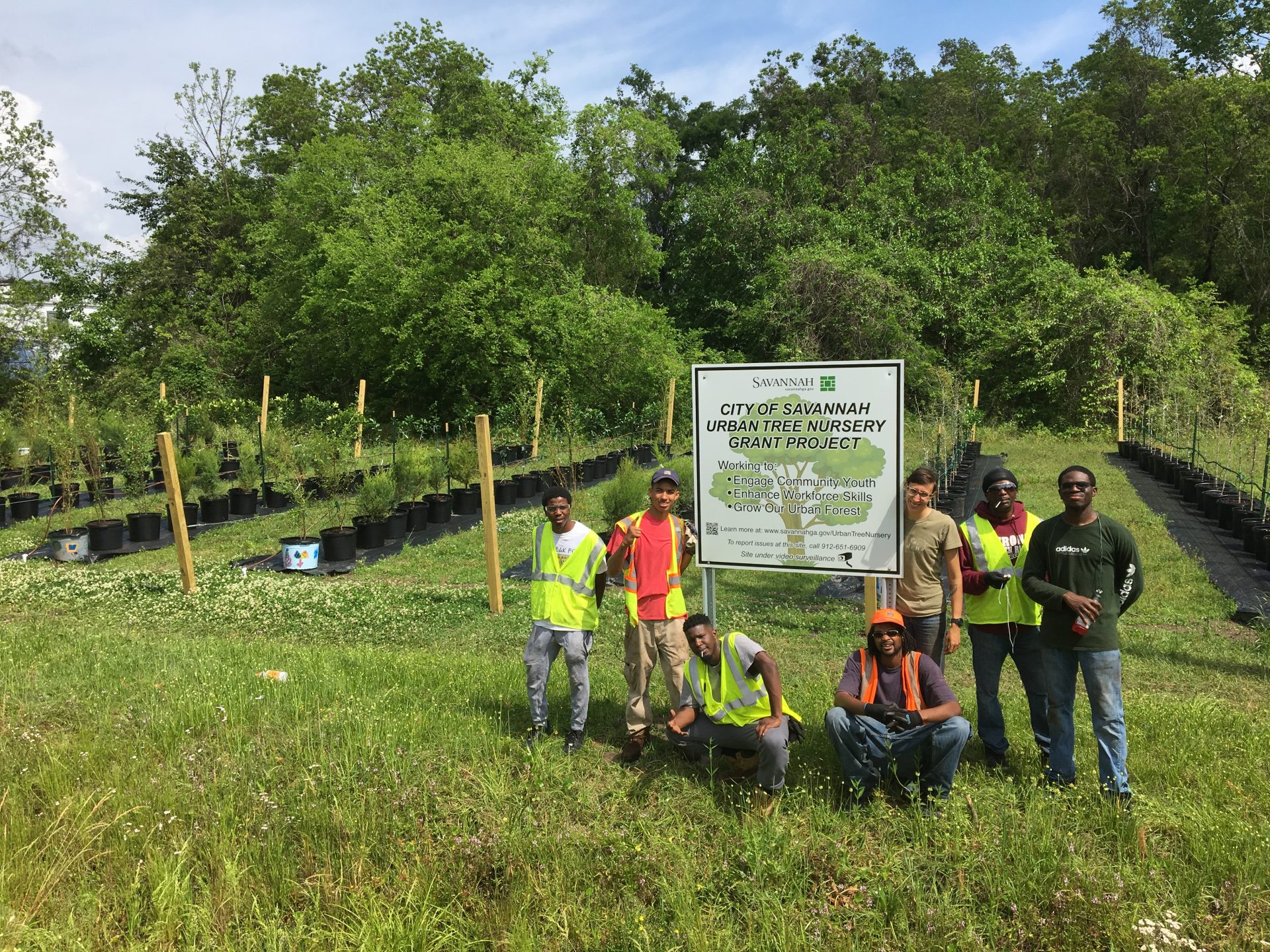
Savannah Tree Nursery and Tree Lawns
The City of Savannah’s tree nursery program demonstrates the potential for solutions to work holistically across several fronts of concern to the city: workforce development, climate change mitigation, heat island effect reduction, storm and ground water management and community engagement.
View the Savannah Tree Nursery and Tree Lawns Case Study

Shaw Industries
For over 20 years, Shaw Industries has applied circular principles to its products. Today almost 90% of their flooring products are Cradle to Cradle CertifiedTM, demonstrating the commercial viability of circularity. Through these principles, Shaw Industries has embraced “sustain-ability” as a commitment to developing its employees and stakeholders as key investments in the future of the company.
View the Shaw Industries case study
If you would like to continue learning about the regenerative economy, join us on May 7 for our Sustainability in Action Roundtable on Financing the Regenerative Economy.